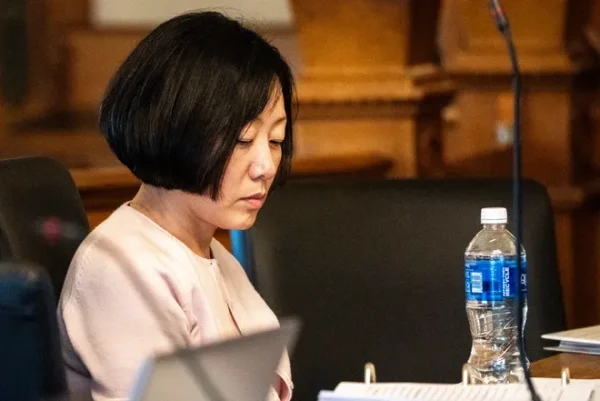Approaching an elusive ‘crossroads’
September 12, 2002
While the focus of Simpson’s fundraising campaign, “At the Crossroads,” is gaining financial donations and distributing funds throughout the campus, its emphasis will be spending for “The Centers of Excellence.”
These “centers of excellence” include biology and the environmental sciences, management, accounting and economics, computer science, music and education. The college believes these departments show existing strenghts.
While no student can argue with the acquisition of more funds for academics, questions quickly arise concerning the motivation behind the planned spending.
One must ask, first, what these diverse “centers of excellence” have in common. While these areas represent various departments, they have one similar feature: high-percentage employment placement and large income potential for graduates.
What does this have to do with motives for spending?
First, not only has attracting students taken on a consumerist model, colleges now must also provide incoming students with the promise of careers and cash after graduation. Thus, money in these areas should assure administrators of ample enrollment in the future.
Second, current and future alumni graduating with degrees from these marketable departments provide, and will probably continue to provide, a majority of the monetary donations to the college.
It is simply a matter of economics. Pour your wealth into something with foreseeable financial returns. It’s low risk and high yield in our current sensitive economy.
It seems more disposable income lies in the hands of those with jobs awaiting them, than those required to attend graduate school before a “real job” is even plausible.
While our applause goes out to the creators of this brilliant financial plan, one crucial question still remains: Isn’t Simpson a liberal arts college?
And if so, aren’t the humanities and those areas that emphasize education for education’s sake a crucial part of this institution, philosophically?
We urge Simpson’s administration to re-examine the college’s mission statement and consider more than just earnings capabilities when placing value on departments. Also, in the meantime, if it’s not broke, don’t fix it-focus on areas that need improvement, as well as those that have already exhibited “excellence.”












